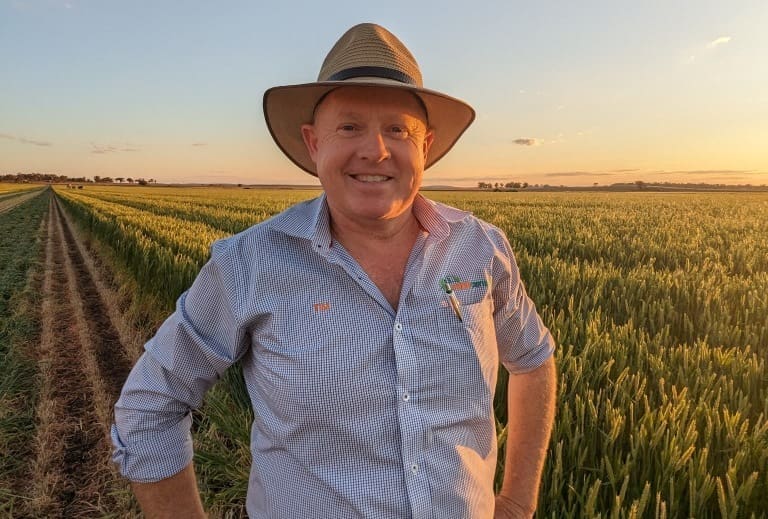HAY prices look like they will remain high for this year, with plenty of demand on the export and domestic markets.
National hay marketer Feed Central has put the call out to grain growers to consider bailing crops, with a forecast high demand for hay straw through 2024. While the demand is high, the company has urged livestock producers in dry conditions not to panic, with plenty of good quality product around.
Two of the major factors contributing to the high demand are drying out conditions and the declaration of an El Nino weather pattern and increased interest from exporters after China lifted restrictions on imports.
Feed Central managing director Tim Ford said hay price has opened strongly with exporters from Southern Australia coming out with $250-$350 per tonne.
“That’s a very strong price guidance from the exporters that will set the tone so I think cereal hay and wheat and barley are going to be strong $200s maybe $300s going forward,” Mr Ford said.
Unusually high trading early in the drought cycle
Mr Ford said there had been unusually strong neighbour-to-neighbour private trade that had removed a lot of product from the system.
 “Things like chick pea and canola hay have been selling neighbour-to-neighbour which is unusual early in a drought cycle. We believe that is a bit premature because the market is able to supply high-quality product without resorting to those types of alternatives.”
“Things like chick pea and canola hay have been selling neighbour-to-neighbour which is unusual early in a drought cycle. We believe that is a bit premature because the market is able to supply high-quality product without resorting to those types of alternatives.”
Mr Ford said beef prices had fallen from strong highs but farmers had capacity to look after their cattle.
“There’s no need to panic and buy whatever is offered; you’re still able to source good quality hay,” he said.
“Cattle have been extremely valuable in recent times and will be valuable again and farmers know how expensive it is to restock. We encourage anyone considering making hay to do so as cows eat 365 days of the year and owners will want good quality.”
China lifts ban on import bans
The export market for hay has been buoyed by the announcement that China is lifting its import bans for Australian hay.
Mr Ford said with China being one of Australia’s big export destinations for hay, the decision will have an impact on the domestic hay market.
“The export market sets the pace with those big hay producing areas in Southern New South Wales and Victoria, which flows on to the domestic market,” he said.
“Exporters have already gone out to growers with strong prices and they have gone fairly far north, up to Narromine. Some of them have a lot of old season hay as carryover from last year, which was likely to go on the domestic market, but I think it will be mixed with the new season and exported.
“With our low dollar, Australia has become a desirable place to import from this year.”
Putting grain crops into hay a worthy venture
Mr Ford said farmers contemplating cutting grain crops into hay at the flowering or milky dough phase of maturing should not hesitate.
“If a supplier has a stressed wheat or barley crop because of a frost or it’s getting dry and they’re thinking about its viability, don’t hesitate with making hay. There’s a strong market for hay so get stuck in and get the job done,” he said.




HAVE YOUR SAY